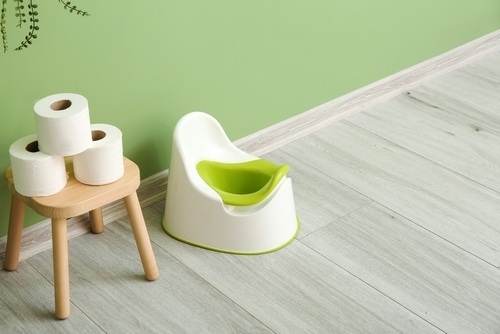- Home /
- Blog /
- MONTESSORI /
- What is Montessori toilet learning?
xxx videos
massive brown wiener for foxy sweety rilynn rae.xxxvideos
What is Montessori toilet learning?

What is Montessori Toilet Learning?
Toilet learning is a hot topic that we see a lot of questions about in our Montessori Toddlers Facebook group, which is exactly why I wanted to sit down with the toilet learning guru, Carol of The Bambini Method. Before COVID, Carol taught in the Montessori setting for more than 20 years. When she was working from home, she decided to teach what she had been teaching the most in the classroom – Toilet Learning! Watch the video below for all of the wonderful tips she shared with our Facebook group – or just keep reading.
What makes Montessori toilet learning different from toilet or potty training?
In my opinion, I believe toilet training is more adult led and parents usually do it when they’re ready or they’re trying to train the child. Toilet learning is basically the child being actively involved in the process and guiding that process. Another big difference is the adult’s attitude, which makes a big difference for the child as well. When you think training vs. learning, even those WORDS are different. In training you feel like there’s a specific age range or time, and there’s not a lot of Montessori in that.
When should I start toilet learning? or How old should my child be to start toilet learning?
This is the number one question I get and in my opinion, it really starts at birth. In reality, Maria Montessori states that there’s a sensitive period for toilet learning and that sensitive period is between 15 – 24 months. In the school or classroom, as soon as the child is able to sit down comfortably on their own – that’s a great time to start. After you change their diaper, sit them on the toilet and show them, “This is where you sit. This is where you go.” Your child will start connecting the dots. They also often start holding a little longer and start actually going in the toilet chair and that’s what I mean by it being ‘child led.’ Your child will show you when they’re ready.
It’s a lot like practical life. If you don’t practice practical life activities in your home. For example, having your child help with food prep, you won’t know what they’re capable of. The same thing goes for toilet learning. If we don’t give them a chance, how will we know what they’re capable of?
While we can’t say, “Yes, at 18 months start everyone.” We can give a wider range of time known as a sensitive period, where we may notice that children seem more interested in toilet learning.
It’s important to remember too that even if children are blood-related siblings, they are still their own unique individuals. So just because your first child started toilet learning at 12 months old, your second child might not be ready until 18 months. And that’s ok!
Are girls harder than boys or vice versa?
No. Sometimes boys are harder sometimes girls are harder. It just depends.
How do you know if your child is ready for toilet learning?
I like to divide the readiness periods into different categories.
- Physical readiness: Is your child able to stay dry for longer periods of time? Does your child know what the feeling of being wet? Can they pull their pants/pull-up up and down on their own?
- Mental/language readiness: Can they follow simple directions? Can they say ‘toilet.’? Now that doesn’t mean they need to verbally be saying “toilet.” They could be using sign language, or even just pointing to the diaper area.
- Emotional readiness: Do they hide in a corner/seek privacy? Do they enjoy flushing the toilet or follow you into the restroom? Are they more curious about toilet learning in general?
The adult also has to be prepared for this process. Meaning, they have to be in the right mindset. To not be impatient or worried about messes in the bathroom. Be prepared to view your child’s curiosity about the restroom as a good thing, instead of a nuisance.
What tips do you have for anyone getting started on their toilet learning journey?
The number one tip is: As soon as your child can stand and /or walk, change their diaper in the bathroom. Be sure you change them while they’re standing up (they can hold on to the wall or sink.) Then show them the toilet and explain that the toilet is where they’ll go to the restroom. You’ll also want to sit them on a toilet chair vs. the larger toilet, so they aren’t overwhelmed.
Secondly, don’t overwhelm children with the expectation of a reward every time they use the toilet. Even getting overly excited by jumping up and down and clapping when they use the restroom can be too much for them. Instead, we want the reward to be intrinsic. We want them to be encouraged by just giving them opportunities to use the toilet by doing diaper changes in the restroom, standing up.
Stand-up diaper changes can be daunting, but practice makes progress. So just keep practicing and encouraging the familiarity of the bathroom.
Is there anything else you want to share with us?
Yes! I’ve created several resources for parents to help them with this process and I have a book being published soon called “Toilet Learning.” It’s a step-by-step visual book guiding parents and children through the toilet learning process. It’s a cute, short book. The characters are gender neutral, and I even have flashcards to help with the process. You can check out all the resources I have available here.
Of course, we don’t want to leave you all empty handed so Carol has graciously gifted our audience these free sequencing pages that you can grab here.
